In the world of sports training and rehabilitation, there is a saying that goes: "Walking posture hides your health code." The seemingly simple walking action actually involves the coordinated work of the human muscles, bones, and nervous systems.
Nowadays, more and more professional training centers and sports rehabilitation institutions have begun to use a technological tool - gait analysis system to develop more accurate and scientific training plans.
So, what is a gait analysis system? How does it optimize the training process?
Simply put, a gait analysis system is a set of technical equipment that records human walking or running movements through cameras, sensors or pressure sensing plates.
It can capture a large amount of sports data such as stride, stride frequency, landing angle, support time, body center of gravity changes, and convert them into easy-to-understand charts or reports through professional software.
In the formulation and optimization of training plans, the role of the gait analysis system is mainly reflected in the following aspects:
1. Find hidden problems and prevent injuries scientifically
Many sports injuries actually have early signs. For example, if your knees always hurt, it may not be a problem with the knees themselves, but that your foot turns inward when you walk, causing uneven force on your lower limbs.
Gait analysis can identify these **invisible errors** from a full-body perspective, helping coaches or rehabilitators make adjustments at the beginning of training to reduce future risks.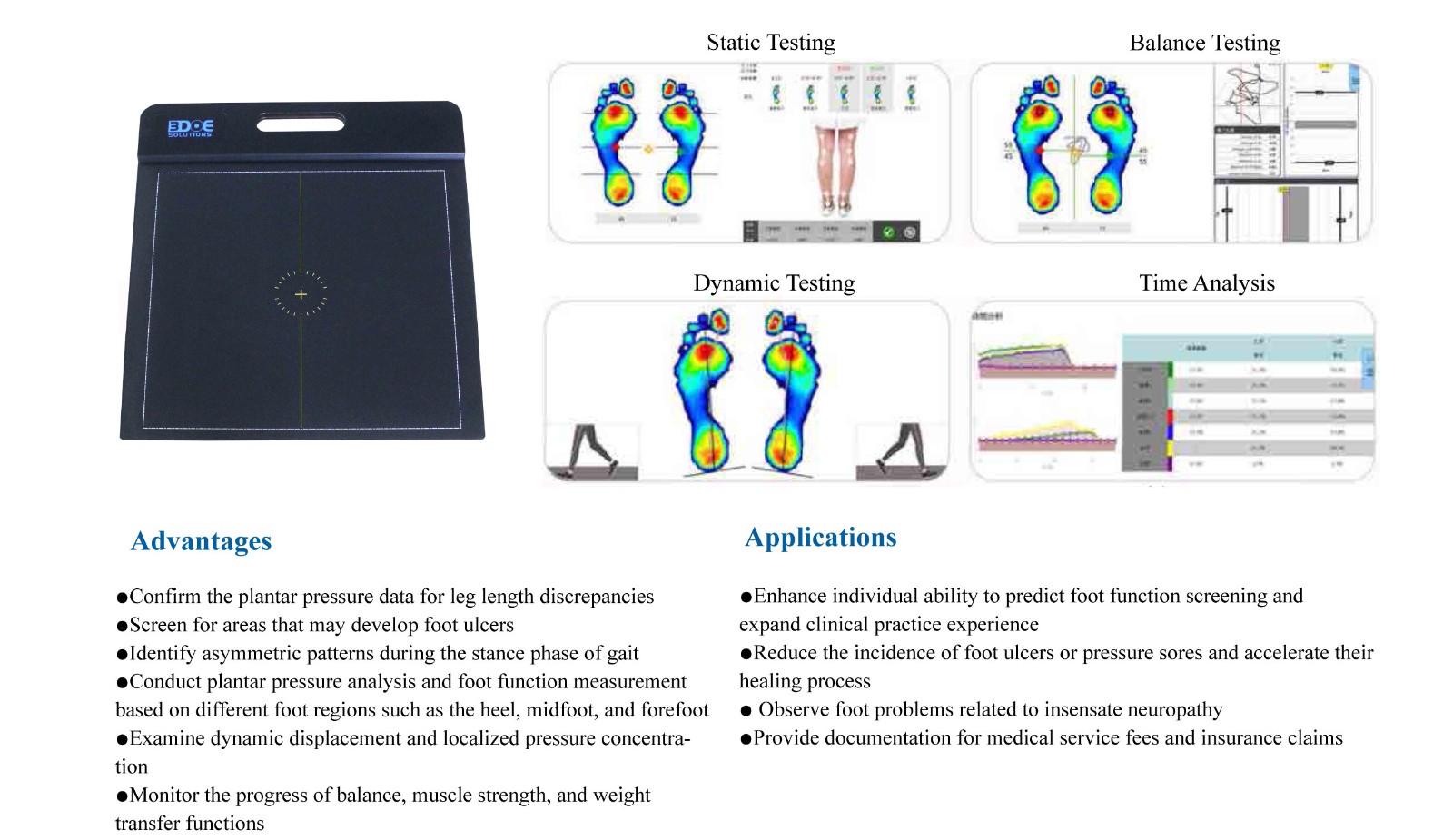
2. Personalize training content
Everyone's gait is unique, and standardized training programs are often not fully adapted.
By analyzing the data collected by the gait system, coaches can tailor training plans based on the trainees' movement habits: for example, adding core stability training, adjusting running rhythm, optimizing landing methods, etc., so that training is truly **"different for each person"**.
3. Real-time feedback + stage comparison, witness every progress
Modern gait analysis systems support dynamic real-time capture and comparison functions, which can clearly record gait changes before and after training.
This not only improves the pertinence of training, but also enhances the trainer's self-perception and sense of accomplishment. It is especially important in the rehabilitation process, which can gradually verify the rehabilitation results and scientifically advance the next stage plan.
4. Linking smart devices to improve overall training effects
Gait analysis systems can often be linked with other training auxiliary equipment, such as balance boards, treadmills, electromyography, etc., to form a data closed loop.
By integrating this information, trainers can comprehensively evaluate sports performance from the three dimensions of **"movement → strength → neural control", optimize training rhythm and load, and truly achieve systematic improvement.
In an era where exercise is no longer just "training more", but "training accurately and correctly", the gait analysis system is not only a tool for doctors and rehabilitation therapists, but is also becoming a close "sports butler" for coaches, athletes, and fitness enthusiasts.

 +86-0755-86131192
+86-0755-86131192 2025-04-30
2025-04-30 Back to list
Back to list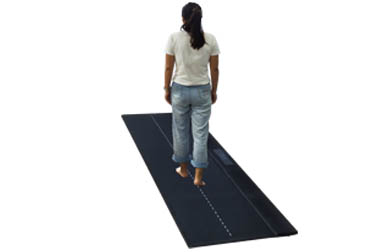
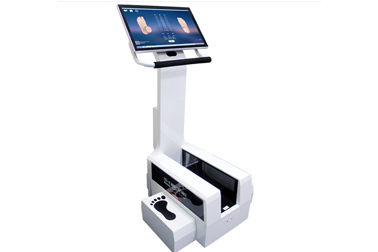
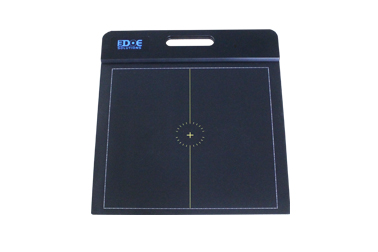
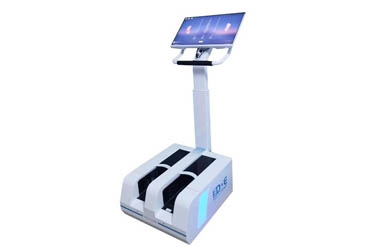
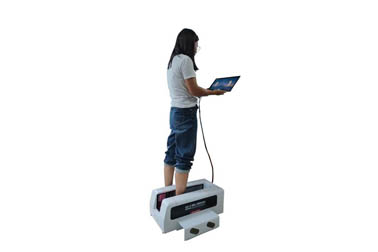



 +86-0755-86131192
+86-0755-86131192